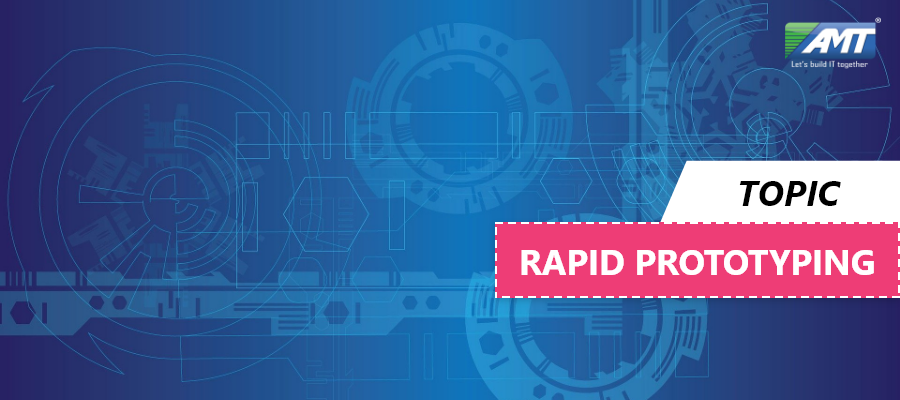Rapid Prototyping is a group of techniques used to quickly fabricate a scale model of a physical part or assembly using three-dimensional computer aided design (CAD) data. Construction of the part or assembly is usually done using 3D printing or “additive layer manufacturing” technology.
Three-dimensional space (also: 3-space or, rarely, tri-dimensional space) is a geometric setting in which three values (called parameters) are required to determine the position of an element (i.e., point). This is the informal meaning of the term dimension.
In physics and mathematics, a sequence of n numbers can be understood as a location in n-dimensional space. When n = 3, the set of all such locations is called three-dimensional Euclidean space (or simply Euclidean space when the context is clear). It is commonly represented by the symbol â„3.This serves as a three-parameter model of the physical universe (that is, the spatial part, without considering time), in which all known matter exists. While this space remains the most compelling and useful way to model the world as it is experienced, it is only one example of a large variety of spaces in three dimensions called 3-manifolds. In this classical example, when the three values refer to measurements in different directions (coordinates), any three directions can be chosen, provided that vectors in these directions do not all lie in the same 2-space (plane). Furthermore, in this case, these three values can be labeled by any combination of three chosen from the terms width, height, depth, and length.
A scale model is most generally a physical representation of an object that maintains accurate relationships between all important aspects of the model, although absolute values of the original properties need not be preserved. This enables it to demonstrate some behavior or property of the original object without examining the original object itself. The most familiar scale models represent the physical appearance of an object in miniature, but there are many other kinds.
Scale models are used in many fields including engineering, architecture, filmmaking, military command, salesmanship, and hobby model building. While each field may use a scale model for a different purpose, all scale models are based on the same principles and must meet the same general requirements to be functional. The detail requirements vary depending on the needs of the modeler.
To be a true scale model, all relevant aspects must be accurately modeled, such as material properties, so the model’s interaction with the outside world is reliably related to the original object’s interaction with the real world.
The first methods for rapid prototyping became available in the late 1980s and were used to produce models and prototype parts. Today, they are used for a wide range of applications, and are used to manufacture production-quality parts in relatively small numbers if desired without the typical unfavorable short-run economics. This economy has encouraged online service bureaus. Historical surveys of RP technology start with discussions of simulacra production techniques used by 19th-century sculptors. Some modern sculptors use the progeny technology to produce exhibitions and various objects. The ability to reproduce designs from a dataset has given rise to issues of rights, as it is now possible to interpolate volumetric data from one-dimensional images.
As with CNC subtractive methods, the computer-aided-design – computer-aided manufacturing CAD -CAM workflow in the traditional rapid prototyping process starts with the creation of geometric data, either as a 3D solid using a CAD workstation, or 2D slices using a scanning device. For rapid prototyping this data must represent a valid geometric model; namely, one whose boundary surfaces enclose a finite volume, contain no holes exposing the interior, and do not fold back on themselves. In other words, the object must have an “inside”. The model is valid if for each point in 3D space the computer can determine uniquely whether that point lies inside, on, or outside the boundary surface of the model. CAD post-processors will approximate the application vendors’ internal CAD geometric forms (e.g., B-splines) with a simplified mathematical form, which in turn is expressed in a specified data format which is a common feature in additive manufacturing: STL file format, a de facto standard for transferring solid geometric models to SFF machines.
To obtain the necessary motion control trajectories to drive the actual SFF, rapid prototyping, 3D printing or additive manufacturing mechanism, the prepared geometric model is typically sliced into layers, and the slices are scanned into lines (producing a “2D drawing” used to generate trajectory as in CNC’s toolpath), mimicking in reverse the layer-to-layer physical building process.
3D production systems allow electric cars to be built and tested in one year. Rapid prototyping is also commonly applied in software engineering to try out new business models and application architectures such as Aerospace, Automotive, Product development and Healthcare.
The above is a brief about Rapid Prototyping. Watch this space for more updates on the latest trends in Technology.
